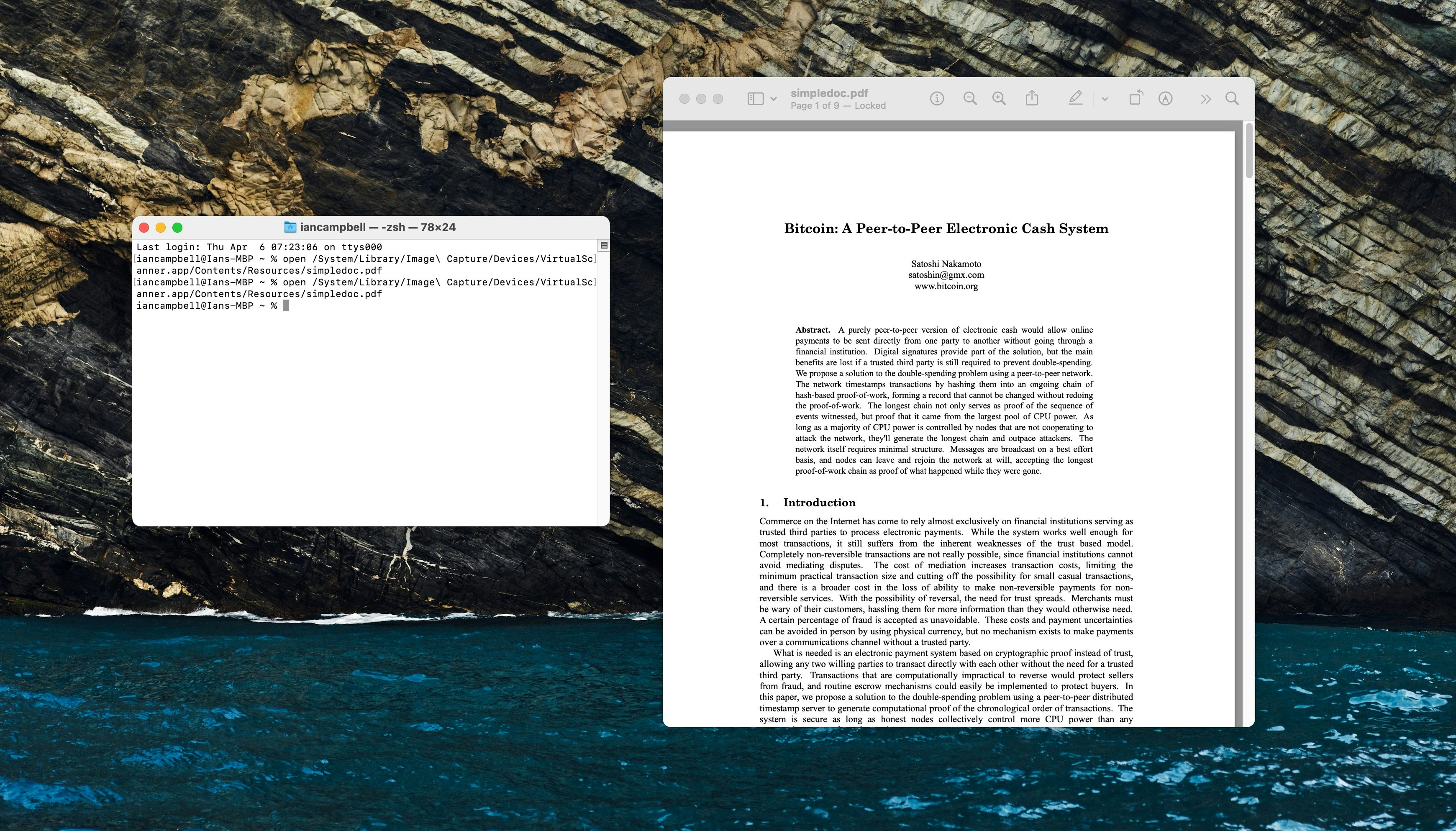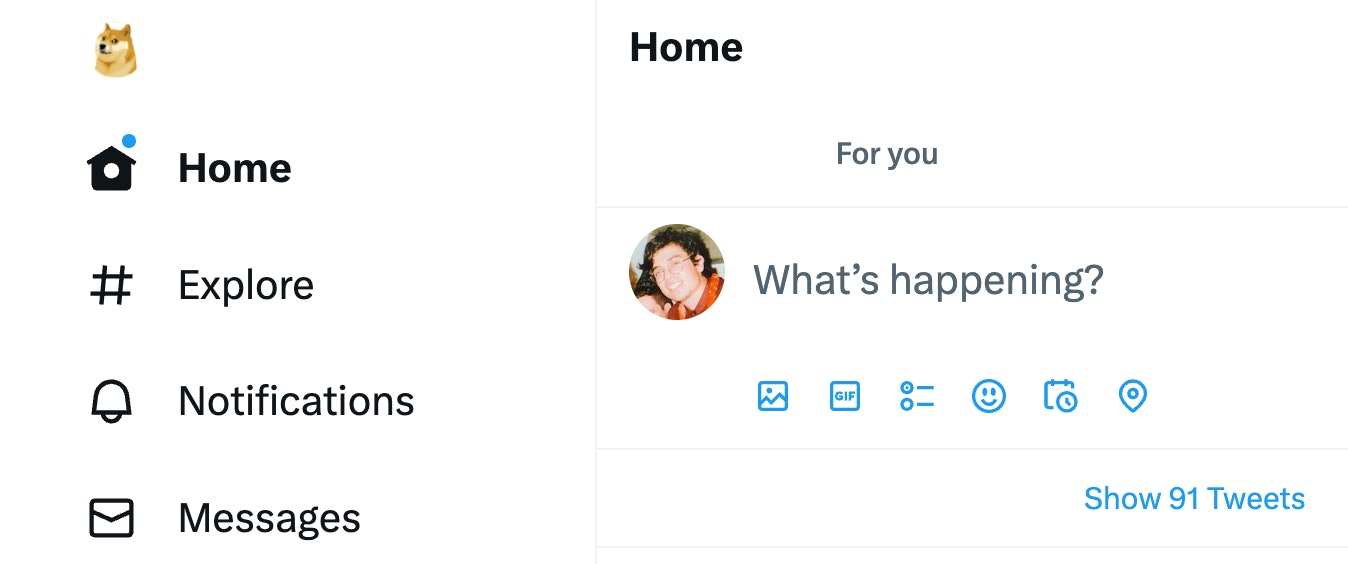
I’m staring at the original Bitcoin white paper on my monitor, not because I’ve decided to get into crypto, but because it’s somehow been on my MacBook Pro without my knowledge. Developer and veteran blogger Andy Baio discovered the document while trying to fix his printer, and apparently, it’s been buried in a hidden app in macOS since at least macOS Mojave, released all the way back in 2018.
Why Apple (or at least one of Apple’s engineers) would include a document explaining how Bitcoin works in its desktop operating system is unknown, but the mystery is more complicated than an unexpected PDF.
What Is Virtual Scanner II?

The white paper is called “simpledoc.pdf” on macOS Mojave (10.14) or later and can be pulled up easily in Preview by dropping the following command in Terminal:
open /System/Library/Image\ Capture/Devices/VirtualScanner.app/Contents/Resources/simpledoc.pdf
If entered correctly, you should be able to see the exact same text that’s freely available on bitcoin.org and acts as the manifesto for the currency and the early crypto movement in general. Not the kind of thing you’d expect to see hanging out in an operating system used by millions of people, let alone one from a company as buttoned up as Apple.
Baio found that using the macOS Image Capture utility, the white paper is displayed as a sample document for a device called “Virtual Scanner II.” It’s not clear what this device is for, and it's seemingly not activated or visible to everyone by default, but Baio speculates it could be related to the iPhone’s ability to scan documents onto your Mac.
This isn’t the first time the white paper has been discovered, and it’s also not the only strange file lurking in Apple’s operating system. A photo of a sign from Treasure Island is also just chilling in there, waiting to be discovered too.
But Why the Bitcoin White Paper?

Apple's stance on cryptocurrencies and blockchain technologies is pretty strict in general. While it’s ostensibly okay with crypto-adjacent apps in the App Store, the company’s App Review Guidelines disapprove of apps that accept crypto payments, mine for cryptocurrencies on devices, or award cryptocurrencies for specific tasks, which removes the main reasons people might want to use a virtual currency in the first place.
A company’s employees do not have to share the official stances of the company they work for, and Apple is an awfully big company. It’s just as possible that there’s a Bitcoin maximalist hoping the discovery of Bitcoin creator Satoshi Nakamoto’s white paper in Apple products will help burn down the financial system as it is that this is a freak accident. Still, it is ironic and, as MacRumors notes, could spark even more interest in the mysterious identity of Bitcoin’s creator in the first place.
The speculative and reactionary culture of the crypto world makes discoveries like these valuable for other reasons — mainly because they tend to juice the price of individual coins. Why does the web version of Twitter have a picture of “Doge” in the place of the social platform's iconic bird? Well, it’s either because Elon Musk is trying to shift the price of Dogecoin, or he’s poking fun at the fact that he’s being sued for supposedly running a Dogecoin pyramid scheme. Neither answer makes perfect sense, but either way, the number goes up. Hiding the Bitcoin white paper in macOS could be an attempt to achieve the same effect for a much more widely known and held coin.
Does This Even Matter?
Not in terms of your day-to-day use of macOS, but it is a good reminder that operating systems are made by people, with values all their own, over a series of iterations, and across multiple teams. Things get forgotten, tests go unresolved, and features end up unimplemented. Apple has created an air of perfection around itself, not because it’s actually perfect, but because its choices seem intentional. Hiding a mysterious document could be intentional too, or it could stand out because the rest of the operating system is designed not to. But until someone comes forward, it might have to remain a mystery.







